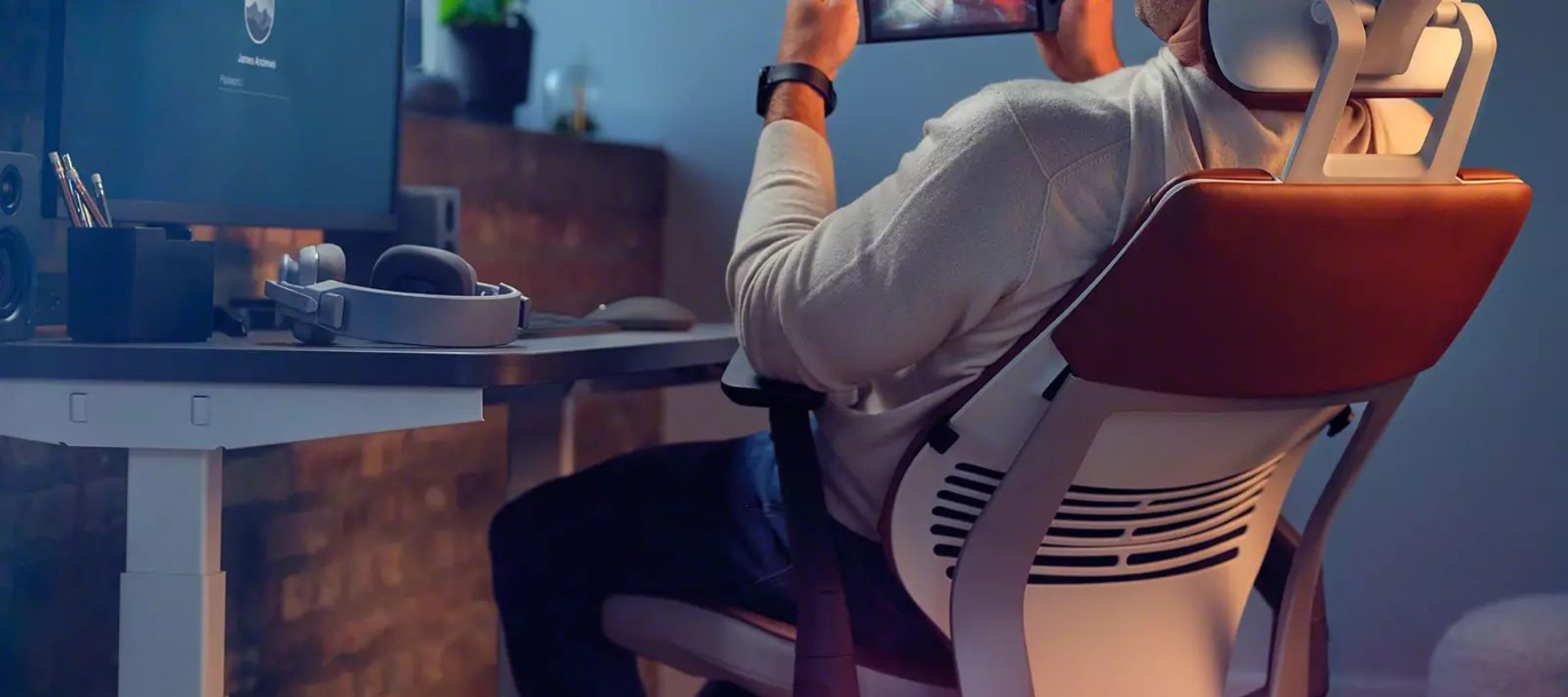it’s clear by now that the hybrid workplace is here to stay. With a mix of remote and in-person work becoming the norm for many companies, technology has become an essential tool for staying connected and productive. In this blog post, we’ll explore the importance of technology in the hybrid workplace.
Facilitating Hybrid Collaboration
Firstly, technology allows us to collaborate seamlessly, no matter where we are located. According to a survey by Buffer, a whopping 98% of remote workers say that video conferencing helps them feel more connected to their team. Video conferencing tools like Zoom and Microsoft Teams allow us to hold virtual meetings and collaborate on projects in real-time, regardless of physical location.

Products like V.I.A. modular walls by Steelcase can seamless host technology within meeting rooms or open areas, facilitating hybrid collaboration and bridging the gap between in-person and remote co-workers. Utilizing modular walls in the workplace can also create meeting spaces and focus rooms without the need for traditional construction, maintaining design flexibility for future growth.
Boosting Productivity in the Hybrid Workplace
Technology also helps to boost productivity. Recent studies suggest that employees who use mobile devices for work are 42% more productive than those who don’t. Technology like cloud-based file sharing and project management tools enable employees to work on the go, making it easier to stay on top of tasks and deadlines.

The Gesture Task Chair by Steelcase is the first chair to be designed based on how we interact with mobile devices. Designed for all the ways technology shapes your posture, Gesture supports the largest range of postures and users – so you can sit all day without feeling like you sat all day. As you work across multiple devices, Gesture keeps your posture healthy and keeps you connected to your work. The unique 360 arms, mimicking the human arm for comfortable support – allow you to bring the arms up and in towards your body to avoid Text Neck.
A More Diverse and Inclusive Workplace
Additionally, technology facilitating remote collaboration in the workplace enables employees with disabilities or caregiving responsibilities to work from home and still participate fully in the workplace. This leads to a more diverse and inclusive workforce, which has been shown to have numerous benefits for companies, including increased innovation and creativity, as people with different backgrounds and experiences bring unique perspectives and ideas to the table.
A more inclusive workplace can also improve employee morale, engagement, and retention, as employees feel valued and supported. Additionally, a diverse workforce can help companies better understand and connect with a wider range of customers and clients, leading to increased sales and revenue, while also enhancing reputation and brand identity.
Now more than ever, technology is playing a crucial role in the workplace. It allows us to collaborate seamlessly while boosting productivity, and creates a more flexible and inclusive workplace. As we continue to navigate the new world of hybrid work, it’s clear that technology will be essential for staying connected, productive, and competitive.
Our team of workplace experts are here to help you create the best hybrid work experience worth your commute. Contact us today!
